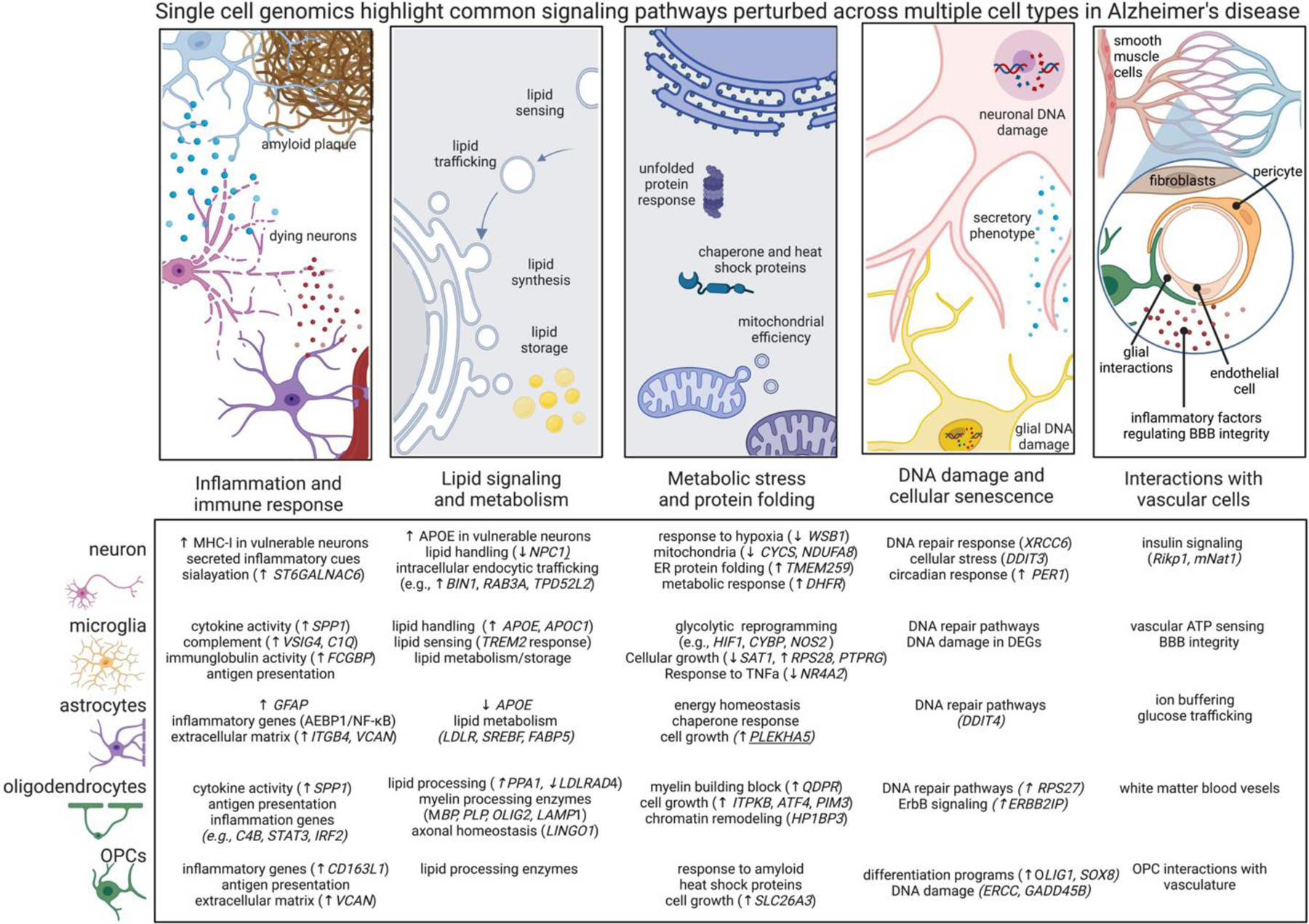Figure 2. Shared cellular pathways disturbed in AD as revealed by single cell genomics.

Differentially expressed genes across cell types are related to shared signaling motifs. Identifying common disrupted pathways may uncover core nodes of perturbation and lead to new therapeutic interventions related to multiple cells. Below we highlight common cellular pathways that are disrupted across multiple cell types in AD. Arrows denote transcriptional directions from prefrontal cortex8 (up arrow means up in AD compared to non-AD) and with a focus on genes showing concordant expression changes from other datasets and brain regions as highlighted in the text.
•Immune signaling. Nearly every cell type generates immune responses in AD, including transcriptional responses related to cytokine, chemokine, and MHC signaling. MHC signaling may related to synaptic plasticity and the unfolded protein response. The low-grade AD-related inflammation in every cell type associated with AD may be associated with metabolic reprogramming.
•Lipid handling. Lipid signaling is crucial for many cell functions, such as sensing and shuttling lipid species and to accommodate the dynamic remodeling of plasma membrane required for the structural plasticity of dendritic spines, microglial processes, astrocytic endfeet, and nodes of Ranvier. Perturbed lipid signaling in many brain cell types in AD, underscore the importance of lipid signaling and metabolism.
•Unfolded protein response. Nearly every major cell type modulates protein misfolding pathways and integrated stress responses, and, related, mitochondrial function, highlighting energetic disruptions in AD cells. These findings suggest the milieu of the AD brain affects unfolded protein response and cellular stress even in cells not directly burdened by pathology.
•DNA damage and cellular senescence. DNA damage in neurons is associated with aging and is elevated in neurodegeneration23, DNA damage is essential for the expression of learning related immediate early gene expression27. Many cells in AD have impaired DNA repair enzyme pathways, potentially suggesting senescent state and loss of core cellular functions.
•Vascular interactions. Recent studies are beginning to profile the complex network of vascular cells in AD. Existing datasets highlight signaling pathways perturbed across multiple brain cell types relating to neurovascular coupling and BBB dysfunction in AD, including the cell-type specific secretion of inflammatory molecules known to regulate vascular cells.
